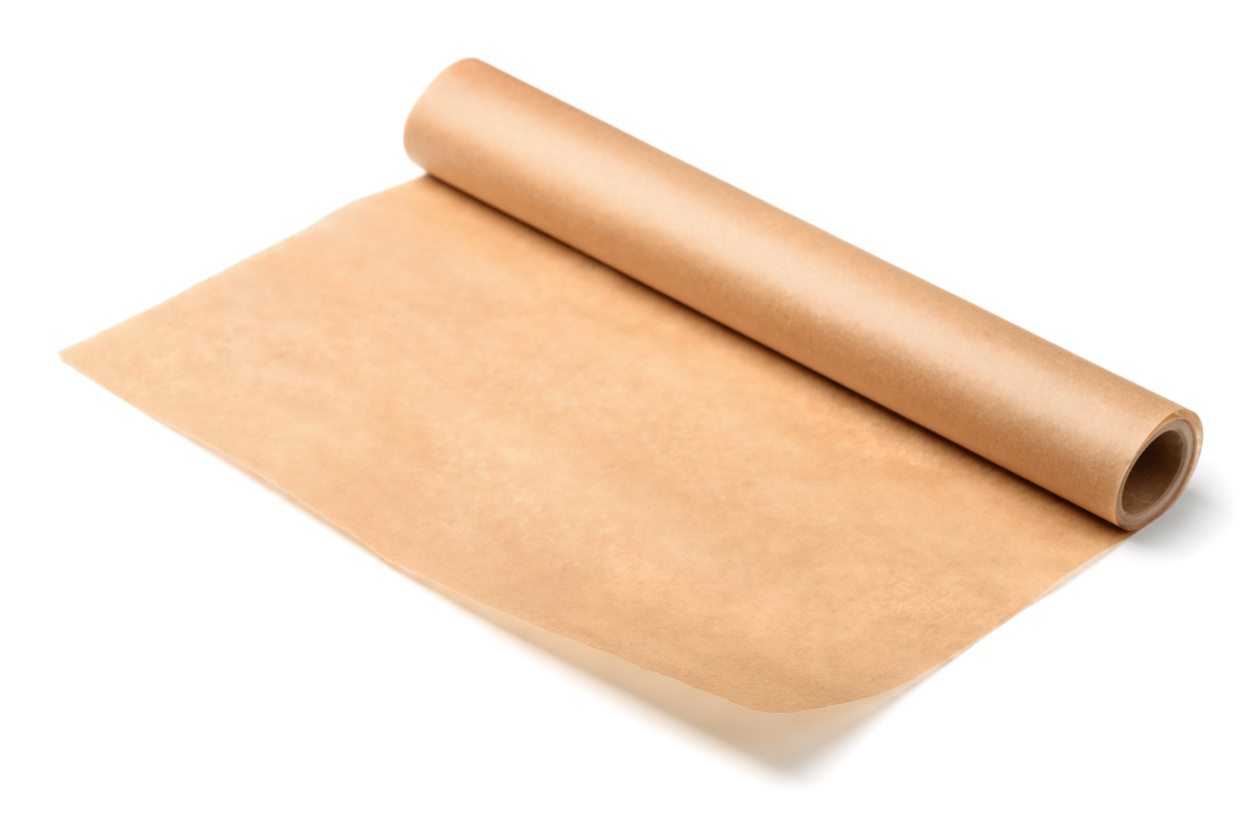How to Choose the Right Deli Paper for Your Business
When it comes to running a successful deli or food service business, the choice of deli paper is often overlooked but plays a crucial role. Deli paper not only serves practical purposes, such as wrapping and presenting food, but it also influences customer perception and brand image. In this guide, we will explore the factors to consider when choosing the right deli paper for your business, the different types available, and how to make an informed decision.
Understanding the Purpose of Deli Paper
Before diving into the specifics, it’s essential to understand the primary functions of deli paper. Deli paper is used for wrapping sandwiches, burgers, and other food items. It helps maintain food freshness, prevents grease leakage, and enhances presentation. Additionally, deli paper can serve as a branding tool, showcasing your business logo or design.
Types of Deli Paper
There are several types of deli paper available on the market, each with unique features. Understanding these options will help you make a better choice for your business needs.
1. Wax Paper
Wax paper is coated with a thin layer of wax, making it moisture-resistant. It’s great for wrapping items that may contain moisture or grease, such as sandwiches and fried foods. However, it is not suitable for hot items, as the wax can melt.
2. Greaseproof Paper
Greaseproof paper is designed to resist oil and moisture, making it ideal for wrapping fatty foods. It’s durable, and many options are recyclable, making it an environmentally friendly choice.
3. Parchment Paper
Parchment paper is heat-resistant and often used in baking. While it can be used for wrapping food, it is more commonly found in food preparation. It’s not as effective as greaseproof paper for greasy items.
4. Butcher Paper
Butcher paper is strong and typically used for wrapping meats. It is breathable, allowing food to stay fresh while preventing moisture buildup. This type is often used in delis for sandwiches and larger food items.
5. Custom Printed Paper
For businesses looking to enhance their branding, custom printed deli paper is an excellent option. You can print your logo, colors, and other designs, which can help improve brand visibility and create a memorable customer experience.
Factors to Consider When Choosing Deli Paper
When selecting deli paper, several factors come into play. Here are some key considerations to help guide your decision.
1. Food Type
The type of food you serve is perhaps the most critical factor. For example, if you offer greasy items like burgers or fried foods, greaseproof paper is essential. On the other hand, if you primarily serve salads or wraps, wax paper may suffice.
2. Moisture Resistance
Consider how much moisture your food items will generate. If you expect your deli items to be moist, choose paper that can withstand this without breaking down or leaking. Greaseproof and wax papers are typically your best bets.
3. Size and Thickness
Deli paper comes in various sizes and thicknesses. Ensure you select a size that fits your food items appropriately. Thicker paper may provide extra durability but can also be more expensive. Balancing cost and functionality is essential.
4. Branding Opportunities
If branding is a priority for your business, consider custom printed deli paper. This not only enhances the presentation but also serves as a marketing tool. Your customers will remember your brand when they see your logo on the packaging.
5. Environmental Impact
More customers today are environmentally conscious. Selecting recyclable or compostable deli paper can enhance your brand’s reputation. Research eco-friendly options and certifications to align with your business values.
6. Cost
Budget is always a significant consideration. While it’s tempting to choose the cheapest option, consider the long-term value of the paper. Investing a bit more in high-quality deli paper can save you money in the long run by reducing waste and improving customer satisfaction.
Testing and Feedback
Once you’ve narrowed down your options, it’s a good idea to test the selected deli paper. Experiment with different types and sizes to see how they perform with your food items. Gather feedback from staff and customers about the packaging’s functionality and appearance.
1. Staff Input
Your team will be the ones using the deli paper daily. Their input is valuable. Ask them how easy it is to wrap items, whether the paper holds up during food service, and if they notice any issues with leaks or moisture.
2. Customer Feedback
Encourage customers to provide feedback on their experience with your food packaging. This can be done through informal conversations, surveys, or social media. Positive feedback can reinforce your choice, while constructive criticism can guide future improvements.
Compliance and Regulations
Make sure your deli paper complies with local health and safety regulations. Food packaging materials must meet specific standards to ensure they are safe for food contact. Check for certifications or labels that indicate compliance with food safety standards.
Conclusion
Choosing the right deli paper for your business is a crucial decision that impacts food quality, customer experience, and brand image. By understanding the different types of deli paper available and considering factors such as food type, moisture resistance, and branding opportunities, you can make an informed choice. Testing various options and seeking feedback will further ensure that you select the best deli paper to meet your business needs. With the right deli paper, you can enhance your food presentation and maintain high standards in your food service.

